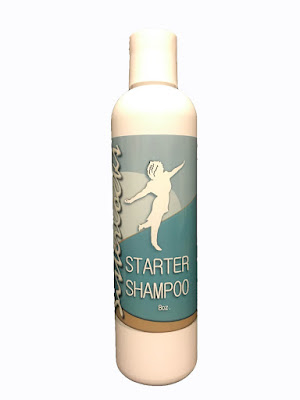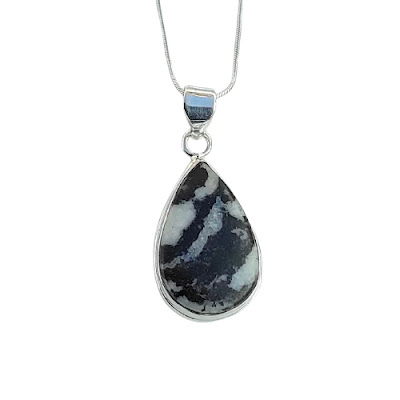10 Benefits of Using Rhythm Sticks and Castanets in Music Education
Music education has been proven to have numerous benefits for children, including improved cognitive development and better social skills. In order to make music classes more interactive and fun, teachers often incorporate various instruments into their lessons. The Rhythm stick and castanets are two such instruments that can add an extra element of excitement to any classroom. In this blog post, we'll explore the many benefits of using these two particular instruments in music education, as well as provide some creative ways to use these instruments in your own teaching. So let's get started!
What are Rhythm Sticks and Castanets?
Rhythm sticks and the castanet are percussion instruments used to create rhythmic patterns in music. A Rhythm stick is a wooden dowel that comes in pairs, varying in length and thickness. Castanets, on the other hand, produce a clicking sound when they're struck together using one's fingers.
It is a versatile instrument that can be used for various musical genres such as folk songs, pop music, rock and roll, or jazz. They help children develop their sense of rhythm by teaching them to keep time with the beat of a song. Playing rhythm sticks also helps improve hand-eye coordination and fine motor skills.
Castanets have been around since ancient times and were originally made from seashells or animal hooves. Today they're commonly made from wood or plastic. Castanets add texture to music by producing a distinctive percussive sound that complements other instruments like guitars or drums.
These instruments can be used individually but are often played together to create more complex rhythms. They are affordable instruments that can be easily incorporated into classroom settings or home environments for educational purposes.
These two percussion instruments offer unique sounds while providing fun ways for kids (and adults) to engage in musical activities!
The Benefits of Using Rhythm Sticks and Castanets
Rhythm Sticks and castanet are excellent tools that can be used to enhance music education. Here are some of
the benefits of incorporating them into your teaching curriculum.
Firstly, this helps to develop fine motor skills in children. By manipulating these instruments, kids improve their hand-eye coordination and finger dexterity.
Secondly, they teach children how to keep time. The use of percussion instruments helps students learn about timing, tempo, and beat which is essential for any type of music they might want to play or sing along with.
Thirdly, using rhythm sticks encourages creativity in children's musical expression. They have the freedom to improvise rhythms using these simple yet versatile instruments thereby enhancing their originality in musical compositions.
Fourthly, playing with castanets stimulates brain development as it requires both sides of the brain to work together cohesively resulting in improved cognitive abilities such as critical thinking skills which translate beyond just learning music but are also helpful for academic purposes too.
Last but not least importantly, utilizing rhythm sticks & castanet enhances group dynamics while promoting socialization through teamwork where individuals learn how to work together towards a common goal – all whilst having fun!
How to Use Rhythm Sticks and Castanets
There are countless ways to use rhythm sticks and the castanet in music education. Here are just a
few ideas to get you started:
1. Use them as accompaniment: Rhythm sticks and the castanet can be played alongside other instruments or recorded tracks, adding depth and interest to any piece of music.
2. Teach rhythm: These instruments are perfect for teaching kids about rhythms and patterns, as they require precise timing and coordination.
3. Practice counting: By tapping along with the beat, students can practice counting aloud, reinforcing their math skills while learning about music.
4. Play call-and-response games: Encourage students to respond with a different rhythm each time you play a pattern on your own sticks or castanets.
5. Create sound effects: With their unique sounds, these instruments can be used to create soundscapes for storytelling or theatrical performances.
6. Explore cultural traditions: Castanets have long been associated with Spanish flamenco dancing, while rhythm sticks feature prominently in Indigenous American music – explore these musical traditions through hands-on instrument playing!
7. Experiment with dynamics: By playing softly or loudly, fast or slow, students can learn how changing the volume and tempo of their playing affects the overall feel of a song.
8. Incorporate movement: Rhythm sticks and a castanet lend themselves well to movement-based activities like dance routines or games that involve clapping along with the beat.
9. Build teamwork skills: Playing together requires cooperation and communication – using these instruments is an excellent way to build teamwork skills among students.
10. Have fun! Ultimately, making music should be a joyful experience – encourage your students (and yourself!) to experiment freely with different rhythms and sounds when using these instruments!
Conclusion
With their versatility and accessibility, rhythm sticks and a castanet can be used in various ways during music lessons such as warm-ups, games, or even performances. They are perfect for both individual practice and group activities.
Incorporating these simple yet effective instruments into your music lessons can bring about a positive change not only in your students' musical abilities but also in their overall development. So why not give it a try? Your students will thank you!




Comments
Post a Comment